Moon Phases Phases Eclipses Supermoons Moon Nasa Science
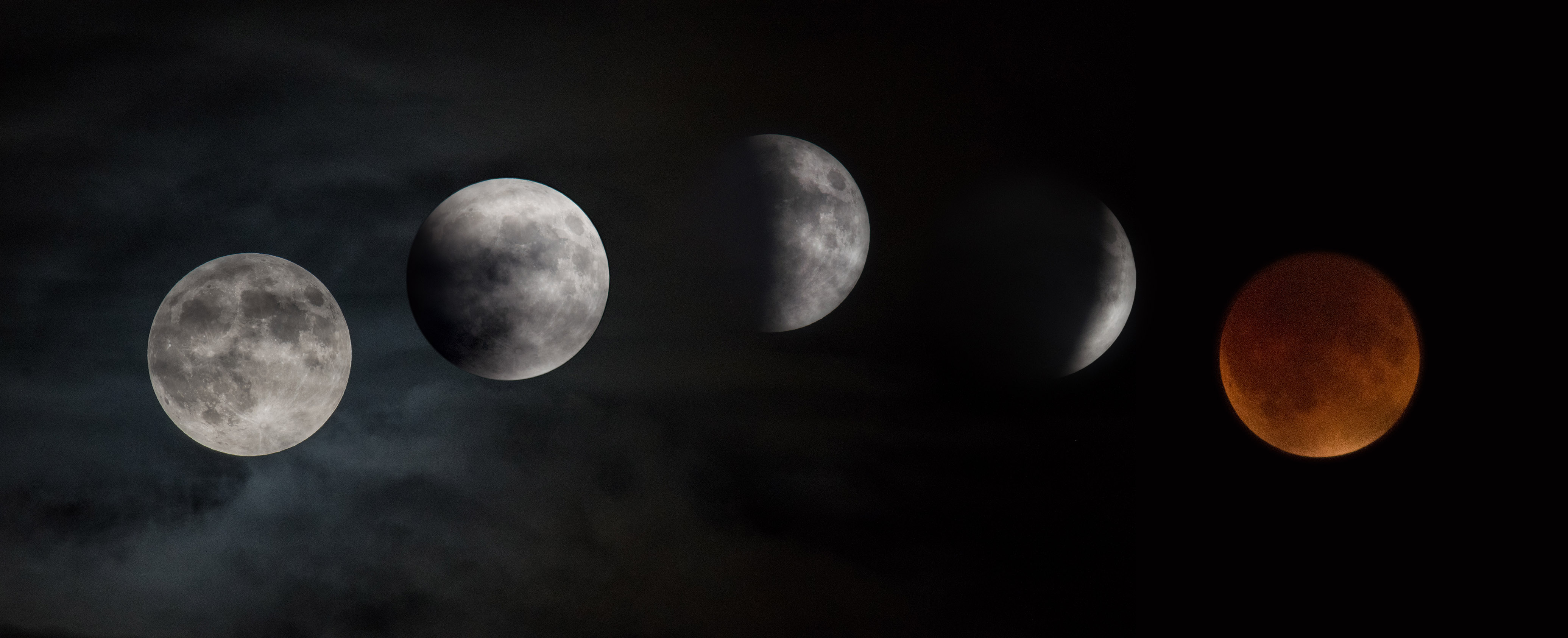
Eclipses And The Moon Nasa Science The eight lunar phases are, in order: new moon, waxing crescent, first quarter, waxing gibbous, full moon, waning gibbous, third quarter, and waning crescent. the cycle repeats about once a month (every 29.5 days). There are two types of eclipses: lunar and solar. during a lunar eclipse, earth’s shadow obscures the moon. during a solar eclipse, the moon blocks the sun from view. lunar eclipses occur at the full moon phase.
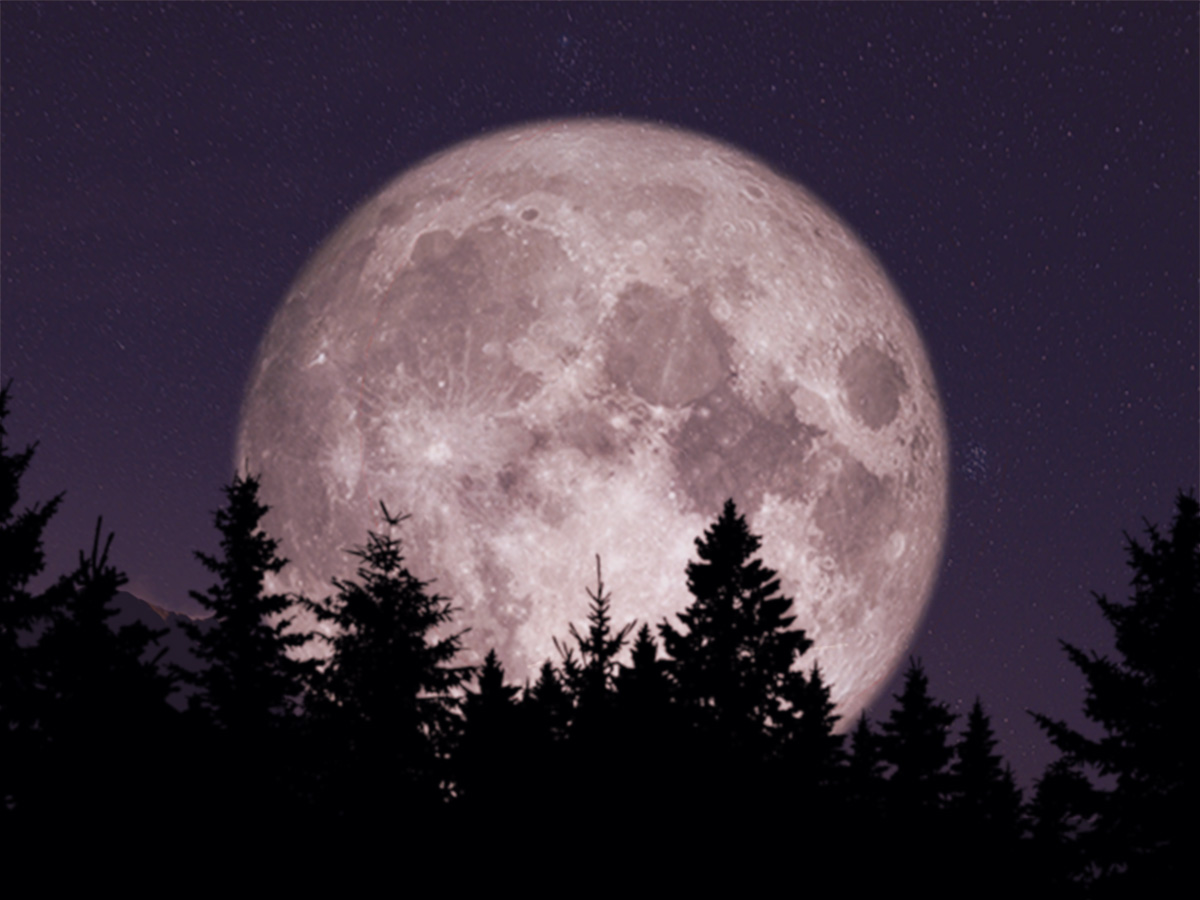
Eclipses And The Moon Nasa Science As the bright parts of the moon appear to change shape during the month, each stage of the change is called a phase, and each phase carries its own name. this chart shows why this happens. This moon map highlights up to three recommended sites that you can observe today, based on the lunar phase and your view mode. the variety of hotspots will increase or decrease depending on your viewing mode. This animation shows the difference between a moon at its closest point to earth, when supermoons occur, and at its farthest. distance to apogee and perigee vary by event. We describe how the moon looks with the eight moon phases, or shapes: if you have looked into the night sky, you may have noticed the moon appears to change shape each night. some nights, the moon might look like a narrow crescent. other nights, the moon might look like a bright circle.
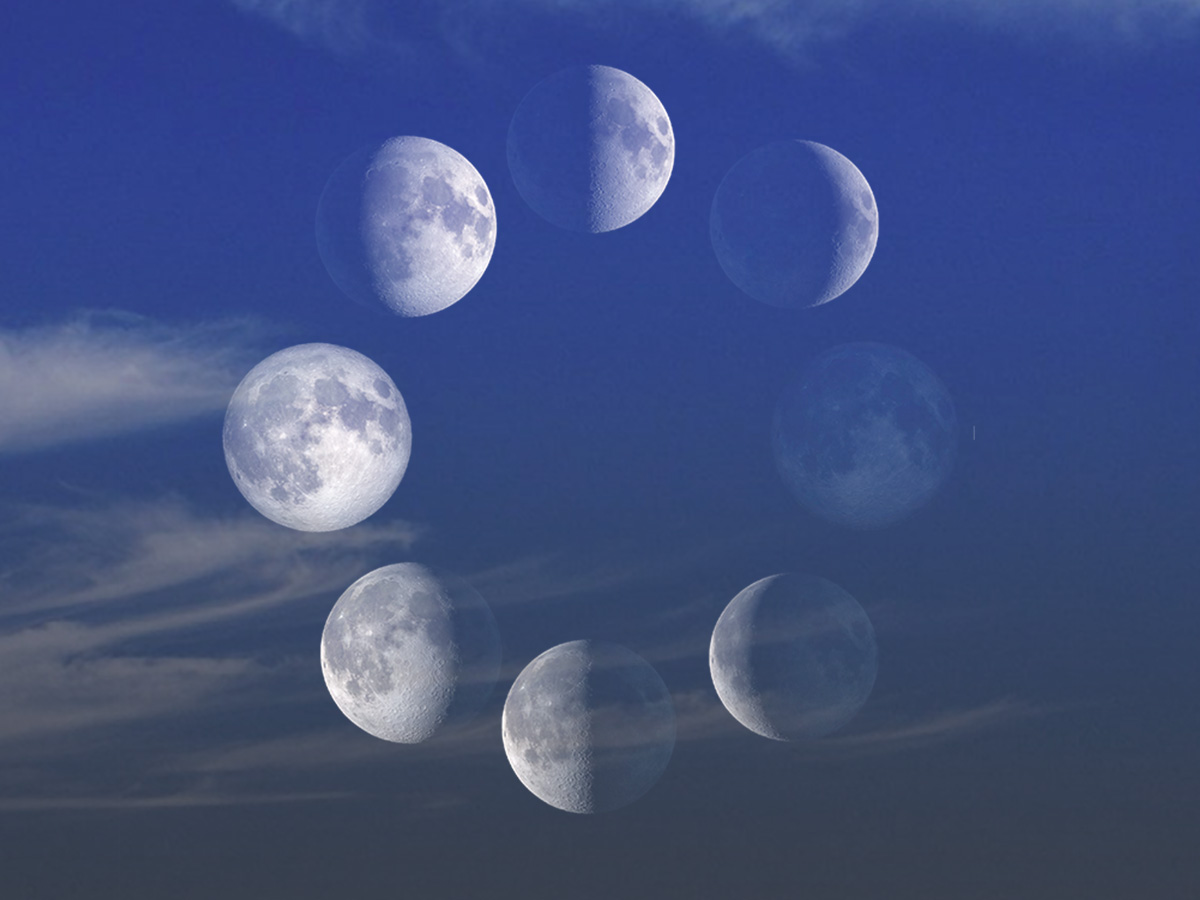
Eclipses And The Moon Nasa Science This animation shows the difference between a moon at its closest point to earth, when supermoons occur, and at its farthest. distance to apogee and perigee vary by event. We describe how the moon looks with the eight moon phases, or shapes: if you have looked into the night sky, you may have noticed the moon appears to change shape each night. some nights, the moon might look like a narrow crescent. other nights, the moon might look like a bright circle. A lunar eclipse occurs when the moon passes into earth's shadow. the moon becomes darker and may even turn red. This visualization of the moon’s phases throughout the year 2021 also shows lunar liberation, the apparent rolling motion that changes our view of the moon s. This 4k visualization shows earth's moon's phases and librations at hourly intervals throughout 2022, as viewed from the northern hemisphere. each frame represents one hour. Now you can have all the dates and times for all the moon phases for the year at your fingertips.
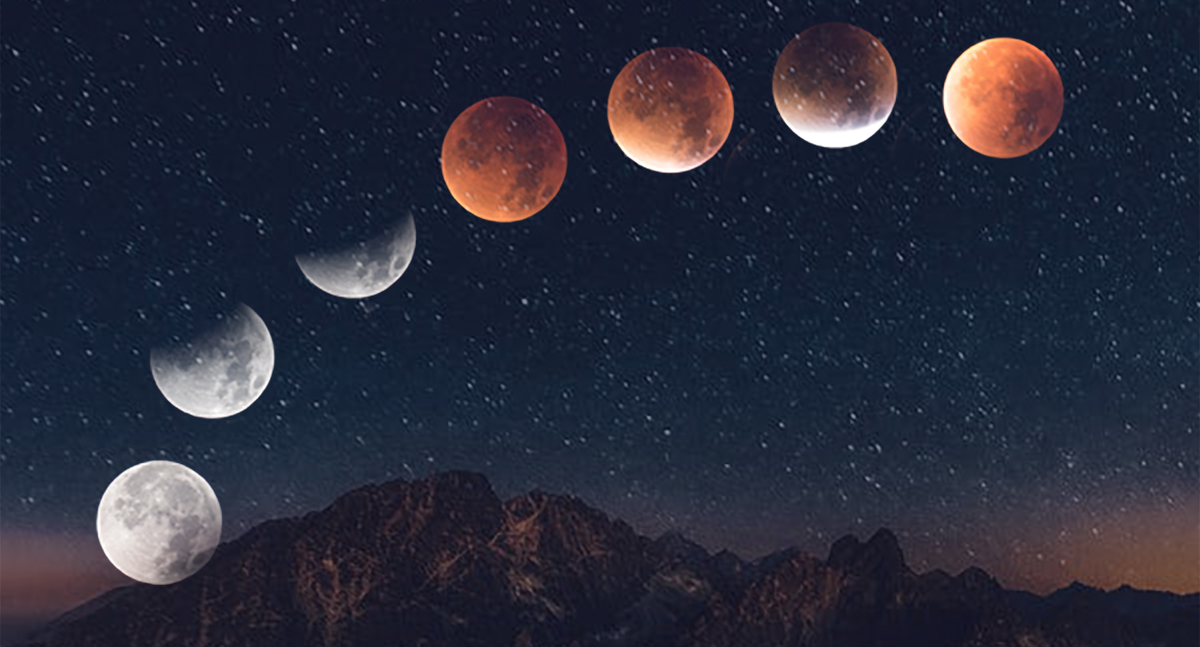
Eclipses Phases Eclipses Supermoons Moon Nasa Science A lunar eclipse occurs when the moon passes into earth's shadow. the moon becomes darker and may even turn red. This visualization of the moon’s phases throughout the year 2021 also shows lunar liberation, the apparent rolling motion that changes our view of the moon s. This 4k visualization shows earth's moon's phases and librations at hourly intervals throughout 2022, as viewed from the northern hemisphere. each frame represents one hour. Now you can have all the dates and times for all the moon phases for the year at your fingertips.
Moon Phases Phases Eclipses Supermoons Moon Nasa Science This 4k visualization shows earth's moon's phases and librations at hourly intervals throughout 2022, as viewed from the northern hemisphere. each frame represents one hour. Now you can have all the dates and times for all the moon phases for the year at your fingertips.
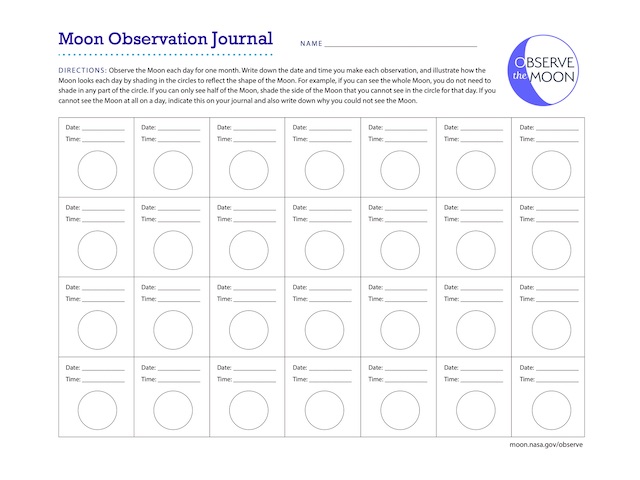
Moon Phases Phases Eclipses Supermoons Moon Nasa Science
Comments are closed.